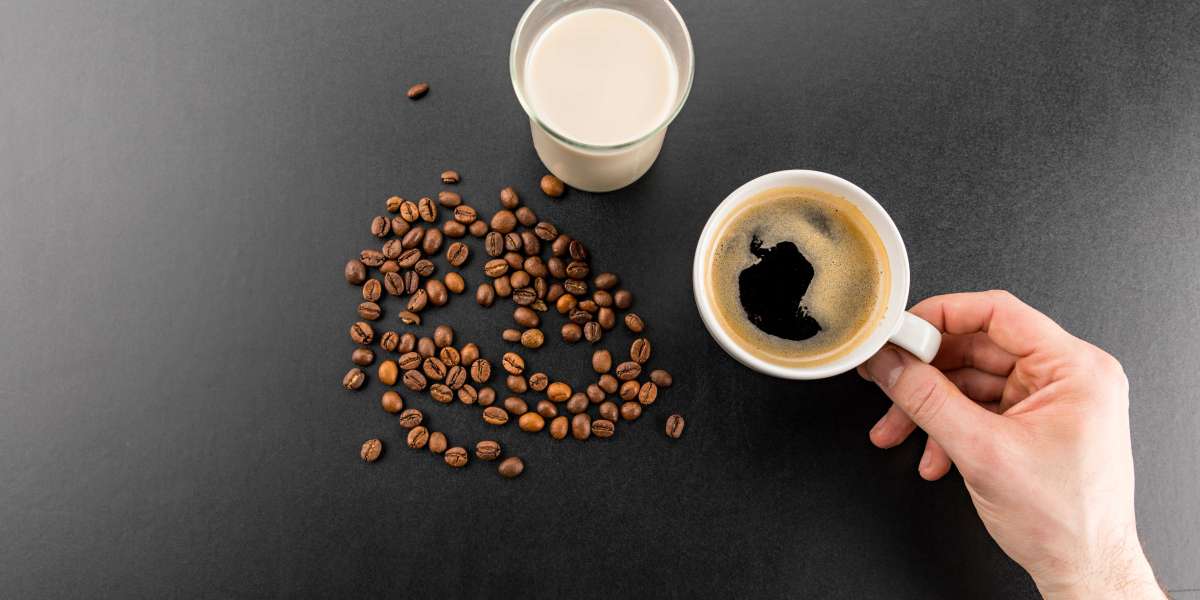When you invest in a coffee machine for home it's worth investing in accessories such as an tamping mat or a set of coffee scoops. You'll also have to stock up on milk and beans.
This semiautomatic blends milk frothers with the user-friendly assisted dosing and tamping of the 2022 Barista Touch Impress for a sleek setup that will take the coffee you make at home to new heights. It's also smart, since it connects to Alexa and uses geofencing.
Filter coffee machines
Filter machines are likely to be the most well-known coffee machines for home use. They heat water, then allow it to pass over ground coffee before returning it to the pot. This produces a strong smooth and smooth concentrate that is then diluted and served from a separate carafe. They are easy to use and come with an enormous glass container that can accommodate a number of cups. This is great for families or groups of friends. They also tend to come with lower prices than other models, which can make them a great choice for those who are on a tight budget.
The majority of these models come with a compartment to store the coffee grounds, as well as an upward-facing tube that rises from the bottom of the container. The water is heated through a resistive element and an aluminum heating tube and then it passes through the grounds before dripping into the container below. The reservoir can hold plenty of water and be refilled to keep the cycle.
Many models of coffee makers feature a one-way valve that stops the cold water from mixing with the heated water. This helps reduce energy consumption and keeps the water warm for a longer period of time. The majority of these machines include a warming plate made of metal which can also help keep the water hot for a certain time.
If you are using a filter machine it is necessary to measure your preferred amount of coffee into the filter and then start the making process. Most of these coffee machines require two tablespoons of ground coffee to six ounces of water. However, it's best to consult with the manufacturer before making any decision about a particular ratio.
After you've added the ground coffee and water to the tank It's best to let it sit for a few minutes so that the coffee can expand and bloom that is when the beans release their flavor and aroma. Then, add the rest of the water in a circular motion, over the grounds of coffee, and wait for the brewing process to be completed.
Like other types of coffee machines, filter coffee makers can occasionally experience issues. Cleaning them regularly is essential to prevent the formation of hard water, and other contaminants that can block tubes and impair the taste of coffee. The majority of the components are dishwasher-safe and therefore cleaning them is quick and simple. The most common issue is that the tube connecting the aluminum heating tube and the cold-water tube can clog therefore it's a good idea to clean this regularly as well. If you're having issues with your coffee maker, it could be worthwhile to run vinegar through the machine prior to making any other major repairs.
Espresso machines
Espresso is an incredibly popular coffee drink that has seen an increase in popularity over the last decade or two. There is an espresso machine in almost any restaurant or cafe and many enjoy making their own at home. The machines at home might not be as powerful or large as those in restaurants, however they are still operating on the same principles. This means that you can learn to master the art of brewing and make a variety of espresso drinks.
A basic espresso machine at home will include an vessel for heating and a portafilter basket and a steam valve. When you switch on the machine, it will begin heating the water to a suitable temperature to make espresso. After the water has been heated you can pour your coffee in the basket and tamp down. Then, you'll put a portafilter lid on and a filter to the machine. The water will be moved through the grounds using an electric pump. The pressure generated by the water pushing through the grounds produces an intense shot of espresso. You can add milk to the drink to make a cappuccino or macchiato.
If you plan to make cappuccinos or lattes, you may also think about purchasing milk frothers. Also, ensure that you have espresso cups and an cleaning brush for the machine. You may also require an tamping pad for your portafilter.
You can also use your espresso maker to make different types of coffee. You should be aware, however, that the process could take longer and the result could be less than ideal. For the best results, you should choose the best specialty coffee that is specifically labelled for espresso making.
The size of the boiler and the amount of pressure in your machine can affect how your drinks taste. In general, larger machines will have bigger boilers that can create more drinks in a shorter period of time. They also make espressos that are more intense with the use of higher pressure.
Some machines have an automatic piston-and-spring design that allows you determine the force with which you push water through the ground. This allows you pull espresso with the desired consistency and strength. Modern machines have replaced this by electric pumps that make use of the technology of rotary veins to help you get the right consistency and flavor for your espresso. These are called semi-automatic espresso machines. They offer a bit more control for the home barista than automatic machines, but do not allow you to alter every aspect of the brew as you would on a professional espresso machine. They are easy to use, and can make excellent coffee.
Bean-to-cup machines
 The name implies it is an espresso machine with an integrated grinder and the most important component, the brewing unit. When you press a button the grinder will grind and tamp your chosen beans. The brewing unit will then heat water to brew them when the coffee is prepared, the grounds are automatically ejected into an internal waste bin. you can also add milk if you like.
The name implies it is an espresso machine with an integrated grinder and the most important component, the brewing unit. When you press a button the grinder will grind and tamp your chosen beans. The brewing unit will then heat water to brew them when the coffee is prepared, the grounds are automatically ejected into an internal waste bin. you can also add milk if you like.A lot of bean to cup machines have a self cleaning mechanism that basically flushes hot water after every use, making sure that excess coffee doesn't build up in the pipes between regular cleanings, which are typically required every couple of months. This is a wonderful feature for those who consume a lot of coffee and want to make sure that the machine is as clean as possible.
Some bean-to cup machines do not come with a milk frother, for those who prefer to use their own milk from a jug, or pour it into a cafétiere. If you are planning to serve cappuccino, latte or other drinks that are based on milk, you'll need a machine that is capable of handling the frothing process. Almost all bean to cup machines which can froth milk come with a Panarello wand that is a sheath that is fixed to the steam pipe. It is only removed when you're making a latte or cappuccino. If you're looking to achieve a high-quality froth, we suggest you purchase one of the top coffee makers with a pro steam wand instead because they can produce more thicker milk froths for traditional cappuccino.
For offices and homes with a lot of traffic A bean-to-cup coffee maker can be a good option. They're easy to operate and produce premium cups of coffee, and can be programmed to be turned on in the morning or when you get home so that your coffee is ready to go - perfect for those who have a long commute! They also can help businesses save money on hiring baristas, which is particularly beneficial for those with high staff turnover.
 Visit the official Loveramics website for more details about our top selection of espresso machines. You can also apply the coupon code "LoveCoffee", at the time of checkout, to receive 20% off your purchase! Don't miss our giveaway of a set of Loveramics Cups to all Coffee Blog readers! Click here to sign up. The winners will be announced the 29th day of June.
Visit the official Loveramics website for more details about our top selection of espresso machines. You can also apply the coupon code "LoveCoffee", at the time of checkout, to receive 20% off your purchase! Don't miss our giveaway of a set of Loveramics Cups to all Coffee Blog readers! Click here to sign up. The winners will be announced the 29th day of June.



